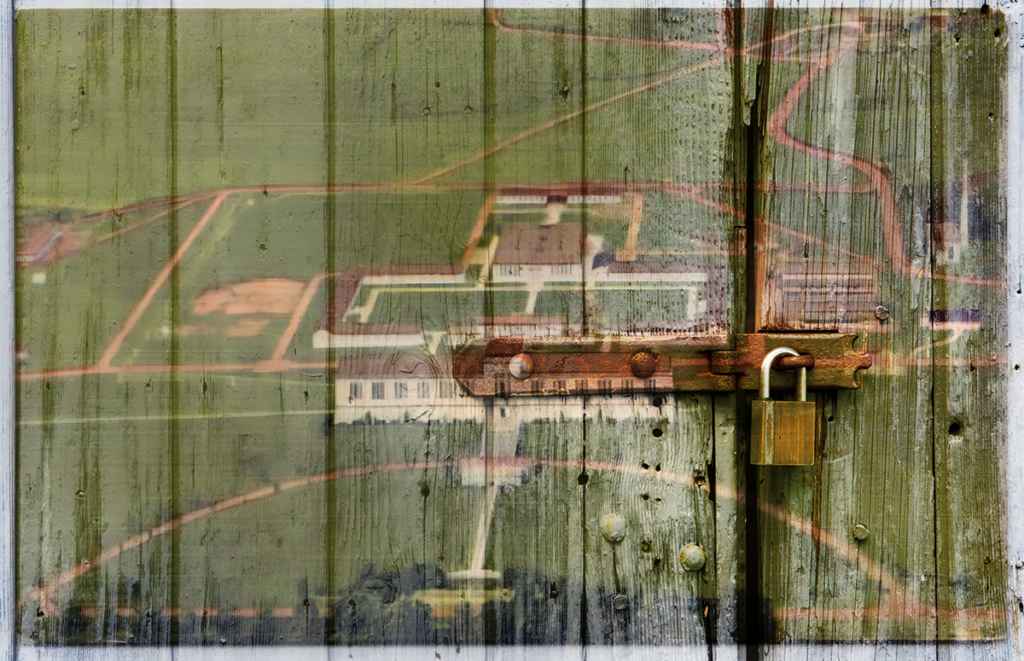
Centre County is bracing for economic upheaval as Governor Josh Shapiro’s administration moves to close Rockview State Prison by September 2025. The decision, part of a broader $100 million cost-cutting initiative, has been met with resistance from local officials and union leaders who warn of job losses, economic ripple effects, and community disruption. Rockview employs 658 people, making it a major economic anchor in the region.
At the same time, Amazon has finalized its long-speculated arrival in Benner Township, purchasing forty-six acres for $6.3 million to develop a 125,000-square-foot fulfillment center. The facility, significantly scaled down from its original plans, has raised questions about its employment impact and long-term significance for the local job market. While some see it as a potential landing spot for displaced Rockview workers, others note that warehousing and corrections require vastly different skill sets.
Beyond these shifts, Penn State’s restructuring, evolving NIH funding, and the accelerating role of AI are reshaping the county’s economic landscape. Higher education, research, and business are undergoing transformations as automation and machine learning drive efficiency and cost reductions. Will Centre County’s tech sector, including the emerging “Sensor Valley,” step up to fill the gap? Can Penn State’s research ecosystem foster new opportunities, or will AI-driven disruption outpace adaptation?
Economic transitions are not new here. The closure of the Corning plant, the decline of legacy media, and the Centre Daily Times’ shuttered printing press—now a car dealership—serve as stark reminders of how industries can disappear overnight. Now, federal and state policies, alongside AI’s growing influence, are pushing another wave of economic realignment.
Centre County’s future will depend on its ability to diversify, adapt, and embrace change. The prison may be closing, but the real shift—of jobs, industries, and economic structures—is already underway.
What happens next? Will the region pivot toward new industries or struggle under the weight of lost jobs and shifting priorities? Share your thoughts below. (You can click on the text, or comment below).

